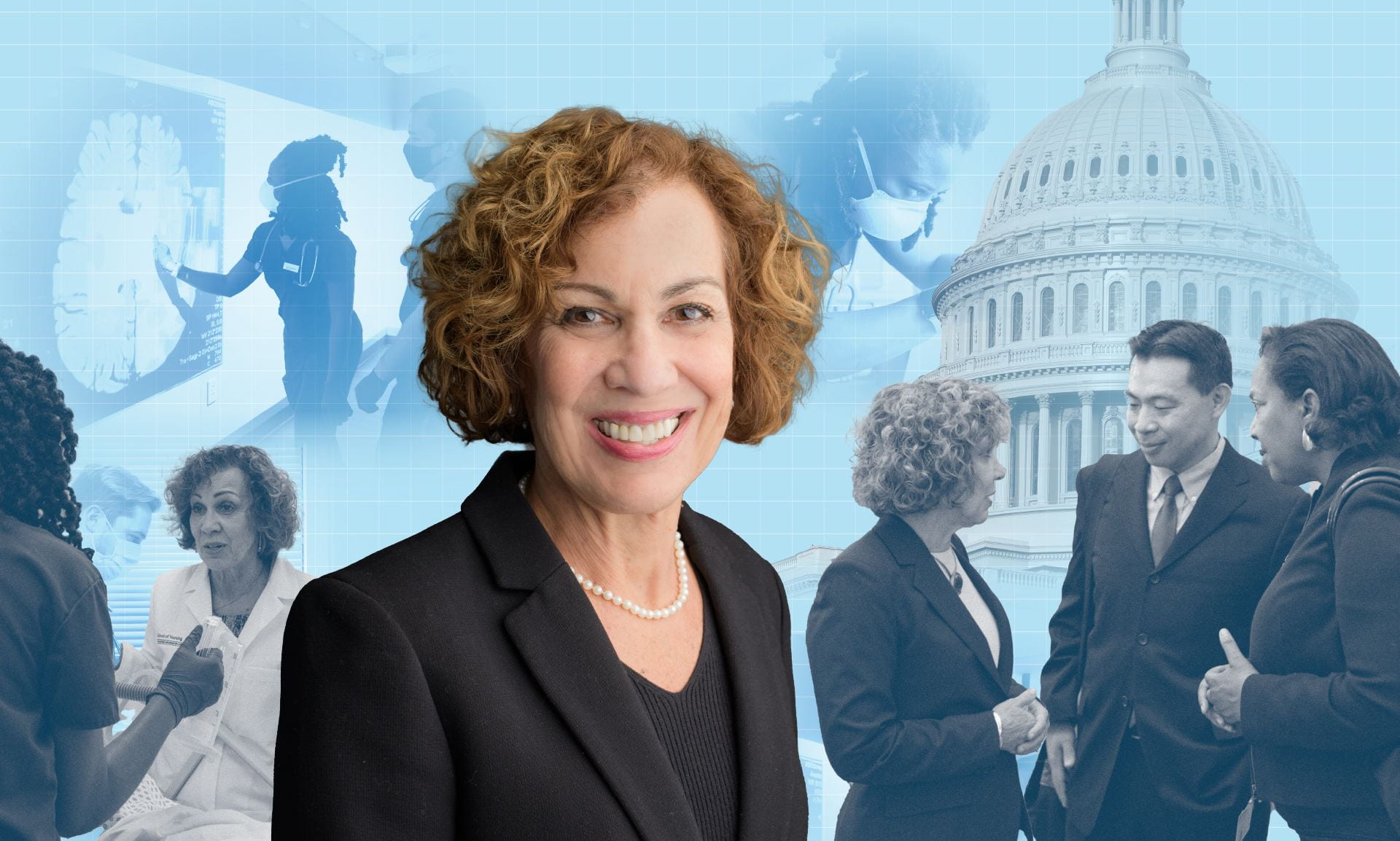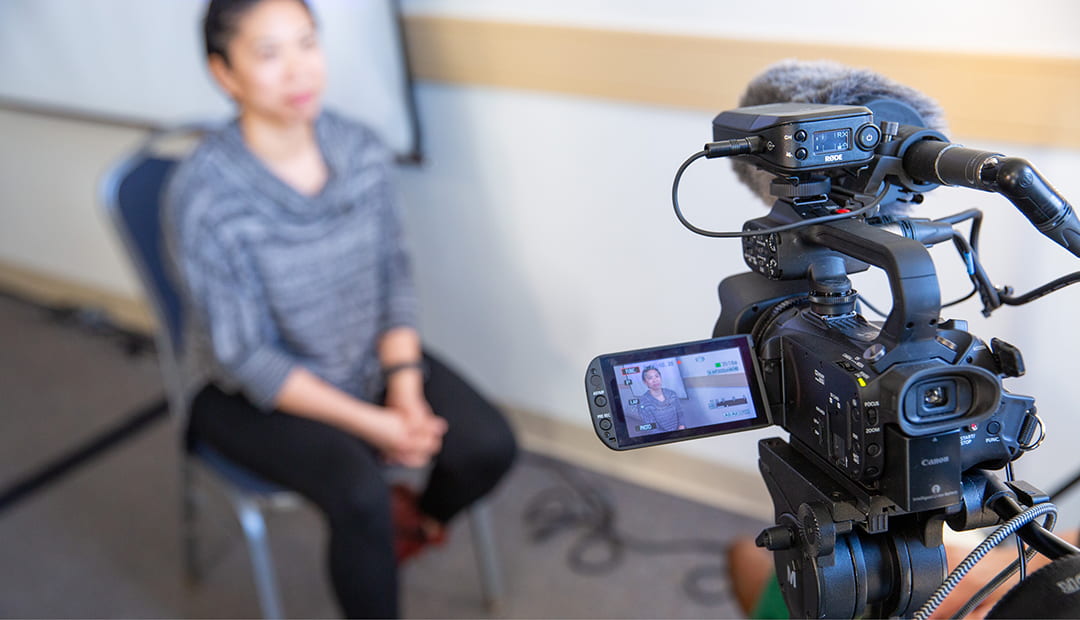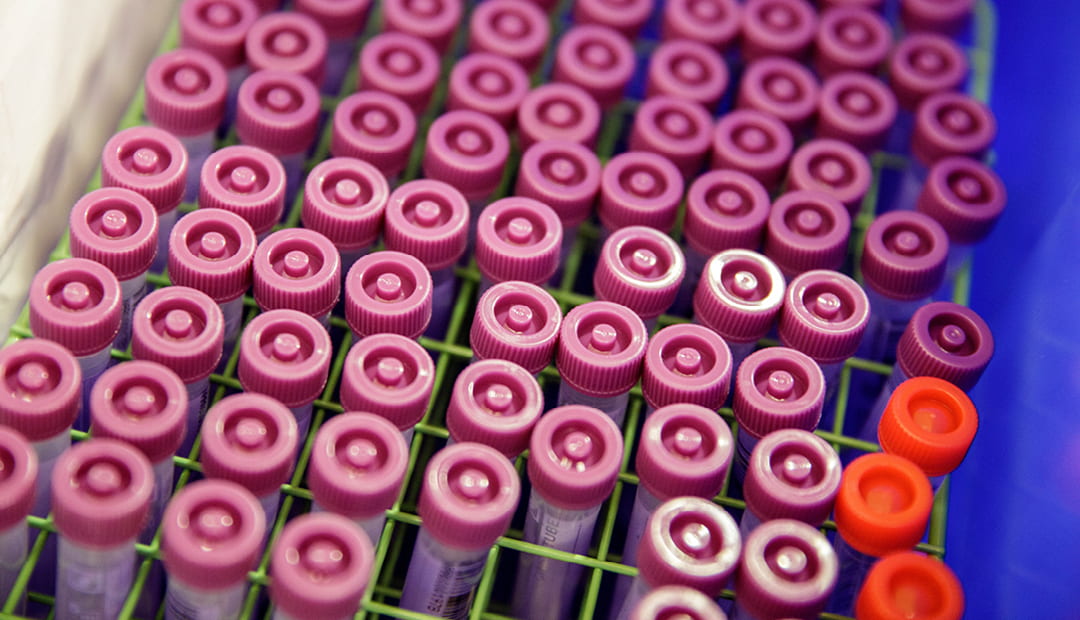In December of 2020, the GW School of Nursing’s Center for Health Policy and Media Engagement co-hosted1 a follow up to last year’s inaugural Media Summit for Nursing Organizations. The goal of the Media Summit is to improve the representation of nurses in the media.
This work took on greater urgency over the past year, during which time the COVID-19 pandemic has dominated healthcare and the media. Nurses may have been featured in the media more than in years past, but often they were portrayed as heroes, angels, victims, or strictly bedside caregivers. Despite the fact that nurses are also thought leaders, scholars, innovators, policy influencers, and the backbone of healthcare systems, nurses and nursing organizations are still rarely the go-to for the science and evidence. Nurses have valuable knowledge, unique perspectives, and stories that deserve to be told and represented in the media.
The 2020 Media Summit convened leaders from 20 nursing organizations seeking to improve the representation of nurses in the media and enhance their media engagement skills. The participants discussed challenges and successes they have had implementing lessons from last year’s Summit. Some nursing organization representatives said they have noticed a trend of media requests seeking to portray nurses in a stereotypical manner. Others, who had success building relationships with journalists since the previous Summit, suggested that once your organization has a connection with journalists, you can begin to redirect their questions, pivoting away from discussing only bedside care to discussing the ways in which nurses are well-rounded leaders, in healthcare and policy.
At the 2020 Media Summit, we also hosted two journalists: Sheree Crute, director of communications at the National Institute for Health Care Management Foundation, and Courtney Stewart, vice president of strategic communications at Missouri Foundation for Health. These esteemed panelists advised our nursing leaders on many media topics, including how to navigate the current polarized media environment.
Sheree Crute told attendees that “sitting comfortably in the center is almost not possible,” so to consider, what are you willing to say and what you are willing to be known for. As she stated, “nurses have important stories. Finding people who can tell them factually, effectually, and efficiently is the challenge.”
To have the greatest impact, Ms. Stewart advised the diverse group to hone in on their organization’s specific audiences based on their niche or comparative advantage. Responding to the many participants who expressed wanting to see the underrepresentation of nurses and the media’s narrative around nurses change, she said that journalists do have a responsibility in this, including educating themselves on better understanding the complex roles of nurses. However, it is also partially up to nurses and nursing organizations to make themselves known, pivot the narrative, share unlikely stories, and come up with creative ways to enter conversations. She told our attendees to build relationships with journalists now, even in small ways, and that those relationships are what will, down the road, make the more in-depth healthcare and health policy conversations that nurses want to have possible.
1. The Center for Health Policy and Media Engagement looks forward to continuing these conversations and partnerships in 2021.
AUTHOR HALEY STEPP


